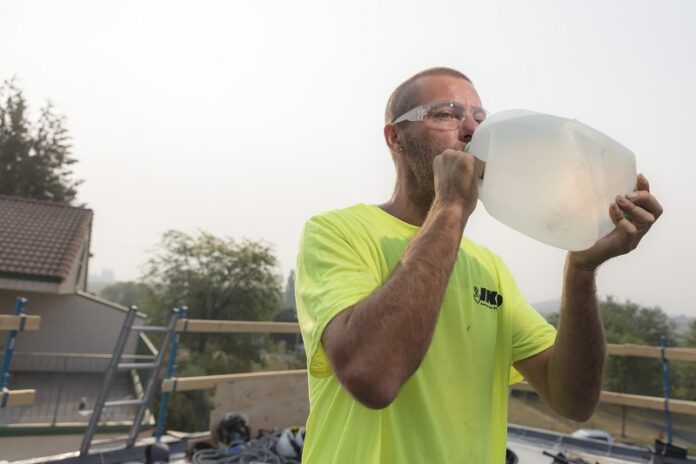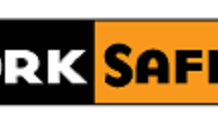WITH hot temperatures forecast across B.C. in the days ahead, WorkSafeBC is reminding employers to safeguard workers from the risks associated with heat and UV exposure.
“Elevated temperatures significantly raise the risk of heat stress and heat stroke, both of which can be severe and even life-threatening,” says Suzana Prpic, Director of Prevention Field Services at WorkSafeBC. “However, heat-related illnesses are entirely preventable. It is the responsibility of employers to take proactive measures to protect their workers, whether they are indoors or outdoors.”
In 2023, WorkSafeBC accepted 49 claims related to heat stress injuries. Workers most at risk of heat exposure include those working outdoors at farms and construction sites, and indoors in restaurants, kitchens, and factories.
UV exposure is an additional risk for outdoor workers, who are up to 3.5 times more likely than indoor workers to develop skin cancer. The occupations in which workers are most at risk of UV exposure include construction, agriculture, electricians, and delivery and courier services.
To prevent heat stress injuries and protect workers from UV exposure, WorkSafeBC requires employers to perform risk-assessments specific to each workplace. The plan must include specific controls on how the risks will be eliminated or reduced, and the plan must include training and safe-work procedures. Employers should engage workers and joint health and safety committees while conducting the assessment and creating the plan.
What employers can do:
- Ensure that workers are engaged in discussions about heat-related hazards at the start of each workday.
- Establish cooling areas with shade and water.
- Determine appropriate work-rest cycles; when a worker feels ill it may be too late.
- Rotate work activities or use additional workers to reduce exposure.
- Provide air conditioning or increased ventilation to remove hot air.
- Monitor heat conditions and require workers not to work alone.
- Ensure there is adequate first-aid coverage and emergency procedures are in place.
What workers can do:
- Drink plenty of water (one glass every 20 minutes).
- Wear light-coloured, loose-fitting clothing made of breathable fabric, such as cotton.
- Wear sunscreen and reapplying liberally throughout the day
- Take rest breaks in a cool, well-ventilated area.
- Do more strenuous physical work activities during the coolest parts of the day, before 11 a.m. and after 3 p.m.
- Know your personal risk factors, such as medications and any pre-existing conditions.
- Check the signs and symptoms for heat stress for yourself and co-workers.
Resources
- WorkSafeBC provides tools and resources on heat stress for workers and employers on its website and translates these into multiple languages.
- A new version of the booklet Preventing Heat Stress at Work is available online.
- WorkSafeBC’s Occupational Health and Safety Regulation outline duties for employers:
- Sections 7.27–7.32 are related to heat exposure.
- Section 4.80 addresses indoor air quality, specifically temperature and humidity.













